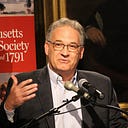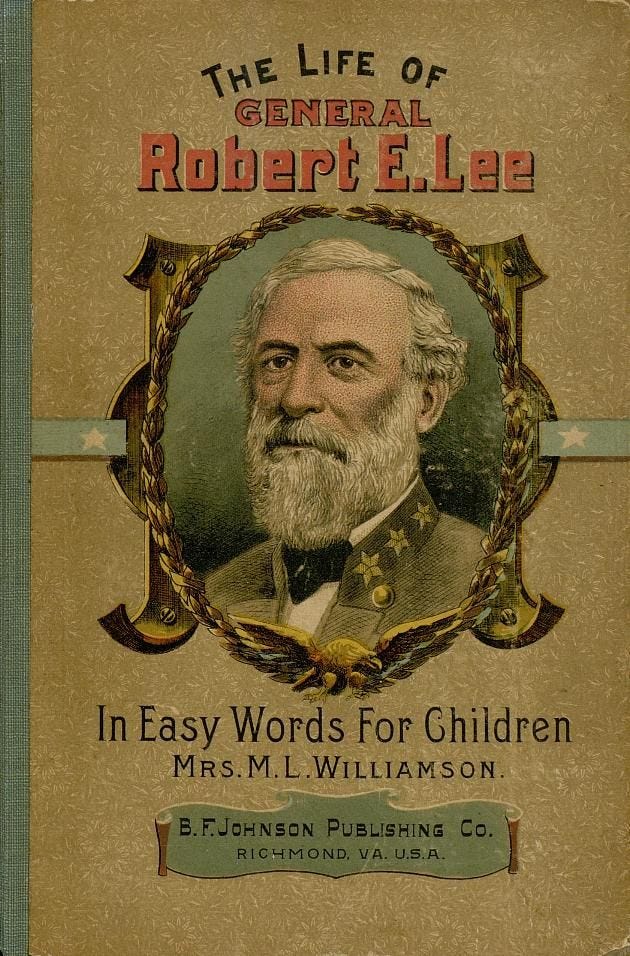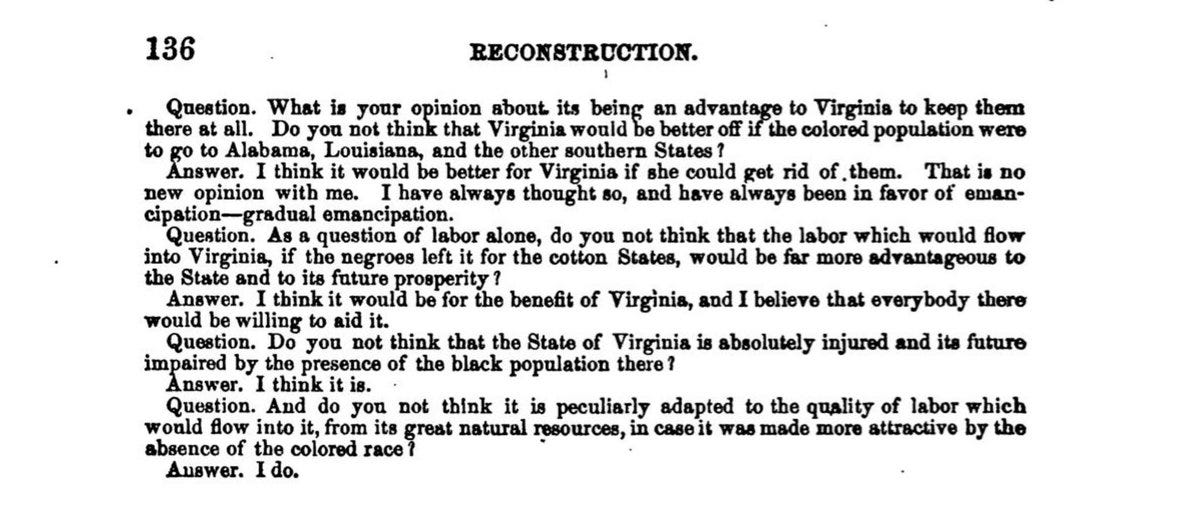Monuments honoring Confederate general Robert E. Lee may have come down in Virginia, but the state board of education under Republican governor Glenn Youngkin wants to make sure that students learn his story throughout their time in school in their proposed new history standards.
Virginia goes through this process ever seven years and these new standards have already been roundly criticized on a number of levels. I’ve only had the opportunity to peruse the document.
My biggest concern is that in an attempt to be more inclusive the authors cast minorities, especially African Americans, as passive participants in the American story. History is something that happens to them as opposed to casting specific groups as full agents in shaping our history.
As you might imagine, I am mainly interested in how the Civil War era/Reconstruction are presented in these new guidelines. There are very few surprises.
I find it interesting that Robert E. Lee comes up four times, beginning in the 4th grade, which focuses on Virginia history. In the Civil War unit students should be able to:
c. identify and explain the roles of notable Virginians (e.g., George Thomas, Thomas J. “Stonewall” Jackson, Robert E. Lee, William Harvey Carney, Powhatan Beaty); (p. 13)
The following year, in the course on United States history before 1865, students need to be able to:
f. describ[e] how individuals influenced the course of the Civil War including Abraham Lincoln, Jefferson Davis, Ulysses S. Grant, Robert E. Lee, Thomas “Stonewall” Jackson, William Tecumseh Sherman, and Frederick Douglass; (p. 18)
In the 6th grade, which covers the second half of U.S. history, Lee is referenced once again. Students sould be able to:
g. describ[e] the legacies of Abraham Lincoln (including The Gettysburg Address), Ulysses Grant, Robert E. Lee, Hiram Revels, Frederick Douglass, and Mark Twain; (p. 20)
Finally, in the 11th grade course in U.S. history, students should be able to:
a. describ[e] major events and the roles of key leaders of the Civil War Era, with emphasis on Abraham Lincoln, Jefferson Davis, Ulysses S. Grant, Robert E. Lee, and Frederick Douglass; (p. 45)
Let me be clear. I am not suggesting that Robert E. Lee should not be taught in any of these courses. He led a consequential life and one that sheds light on any number of issues, but four times seems like overkill to me. More to the point, it is a poor attempt to pander to certain constituencies, who likely expect his name to be discussed in a Lost Cause context.
It’s a relic from a time when it was believed that Lee could be used to encourage the moral education of young people.
If Lee needs to be referenced at all it is in connection to his command of the Army of Northern Virginia between 1862 and 1865. Let’s be honest, it is the only reason he is remembered. But even if he wasn’t mentioned and students only learned that Confederate armies had won a few significant battles before their defeat, that would be sufficient as well.
Referencing Lee in all four classes—the only name in these lists that looms this large—demands that his life be explored in full. Teachers must introduce students to Lee’s views on slavery and his treatment of enslaved people. Lee’s decision to resign his commission in the U.S. army and align himself with the Confederacy should be framed for what it was: Treason. Students should understand the extent to which Lee became a symbol of Confederate nationalism in its attempt to destroy the government of the United States.
Finally, students should learn what Lee had to say about Reconstruction and the future of African Americans in Virginia.
It goes without saying that none of this will be explored in any class in which Lee’s name is discussed unless the teacher specifically mentions it.
There is more than one way to create, reinforce, and protect monuments to the past.
Again, I am not arguing that Lee should not be taught, but I don’t believe he needs to be mandated. If you really want to mandate that students learn about a consequential Virginia Confederate, it should be William Mahone.
As I wrote back in August in The Washington Post:
Just after Reconstruction, between 1879 and 1883, Virginia was governed by a biracial party known as the Readjusters. During this brief period, African Americans assumed positions of significant political power at every level of local and state government decades before the legal restrictions and violence of Jim Crow slammed the doors shut for decades. This history offers an important reminder during our own time of deep political division that political coalitions that transcend class, race and political party are possible even during the most tumultuous times.
Reconstruction came late to Virginia. It did not arrive as a result of an invasion of ‘carpetbaggers’ from the North or military occupation, as Virginians were taught throughout much of the 20th century, but as an unlikely result of the leadership of a former Confederate general and native Virginian.
Students in Virginia have never studied William Mahone’s life nor has it ever been mandated that they study their state’s unique Reconstruction story—a story that offers numerous lessons for us today.
Virginia may have removed its monuments of Robert E. Lee, but the fight over his legacy continues.
Note: Don’t forget to take advantage of this site’s new features and the chance to win a copy of my most recent book. Become a premium member today.







I guess Virginia wants to ignore the likes of Winfield Scott, David Farragut, and George Thomas.
Yes, Virginia is indeed addicted to the myth of REL. As a native Virginian who has lived in the Commonwealth for all but 15 months of my 65 years, my embarrassment grows as the months pass. Note: A couple years ago, I did a somewhat less than exhaustive search of the DMV sites of the Southern states looking for those offering CSA-related plates. Guess what? Virginia is the only one offering one of REL. Here's a view of the plate (https://www.dmv.virginia.gov/vehicles/#splates/info.asp?idnm=REL).
Here's a link to a story done on it in early 2021. https://www.pilotonline.com/government/virginia/vp-nw-confederate-relics-symbols-remain-virginia-20210302-zw3bdbjty5hzffznib322hsilq-story.html